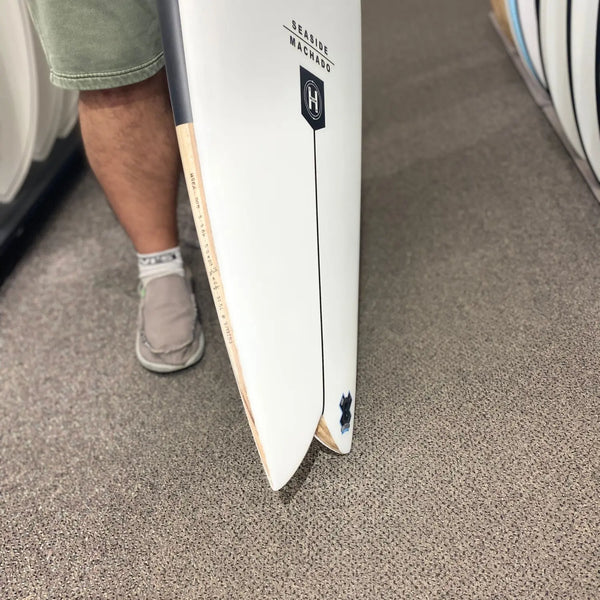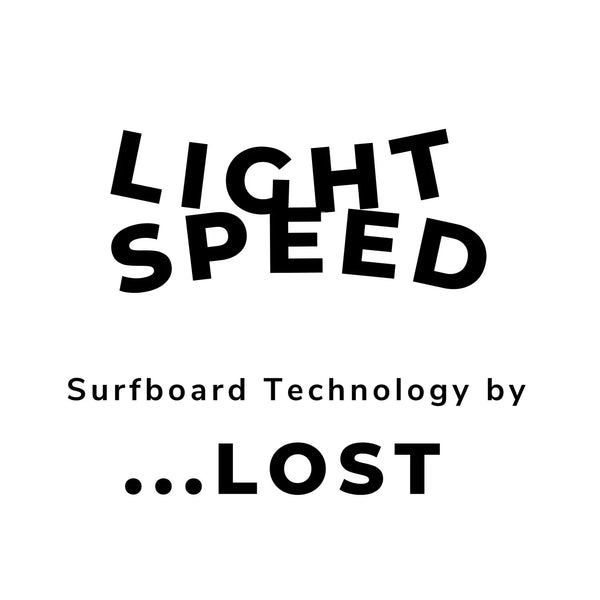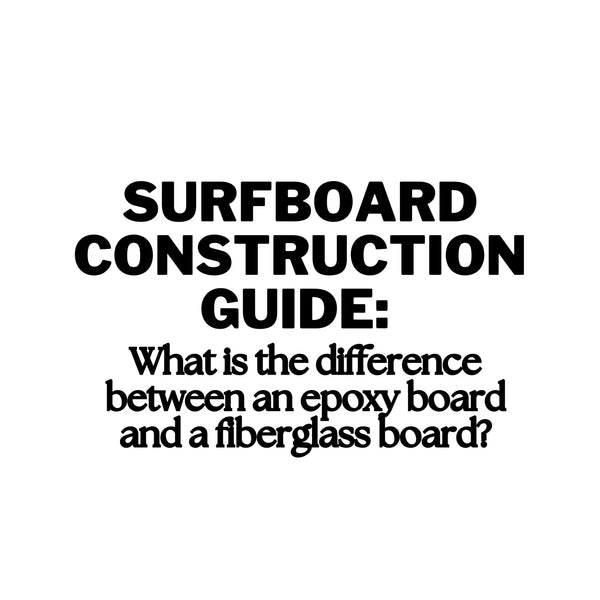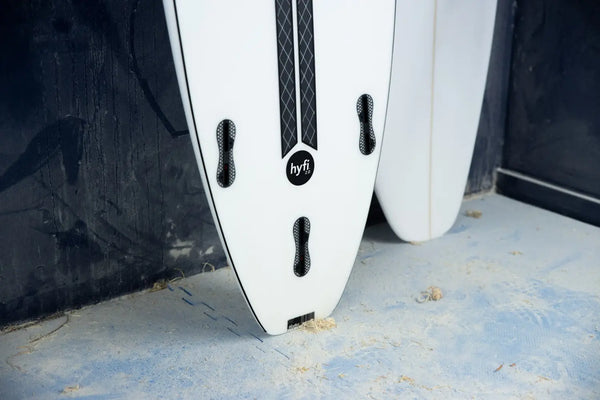
Oct 17, 2023
What is Thunderbolt Silver Surfboard Technology?
Fiberglass Lamination Classic Feel with Enhanced Response Hand-Crafted Thunderbolt Silver is a surfboard construction that gives you the most classic riding feel. The laminate uses 6oz + 6oz fiberglass on the deck and 6oz + 4oz fiberglass on the bottom, making itheavier than other constructions. This increases the feeling ofglide and cruise, and enables traditional riding. Of course, it has the performance and flex of Thunderbolt, and so delicate board control such as quick pivot turn and setup in the wave pocket is easy. You can enjoy old-school log riding such as hang five and hang ten on small wave, and...










